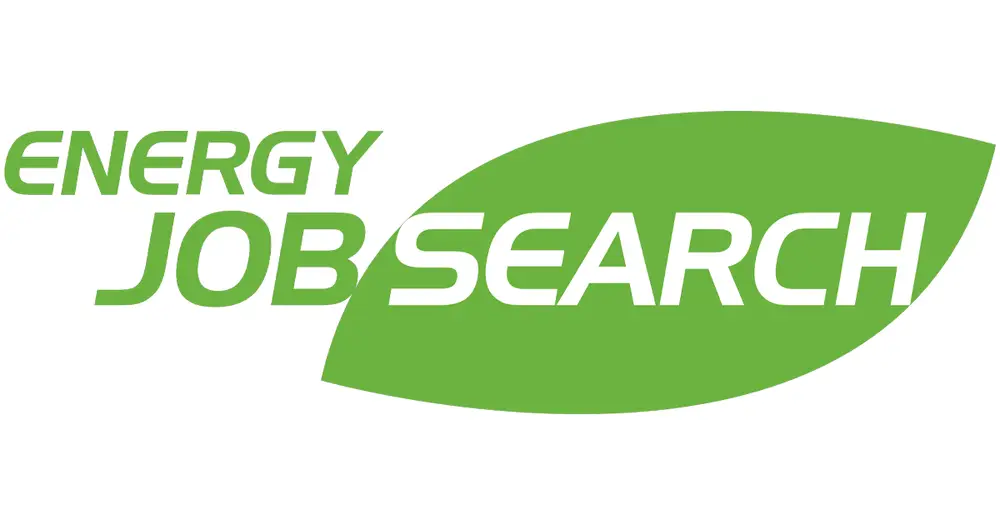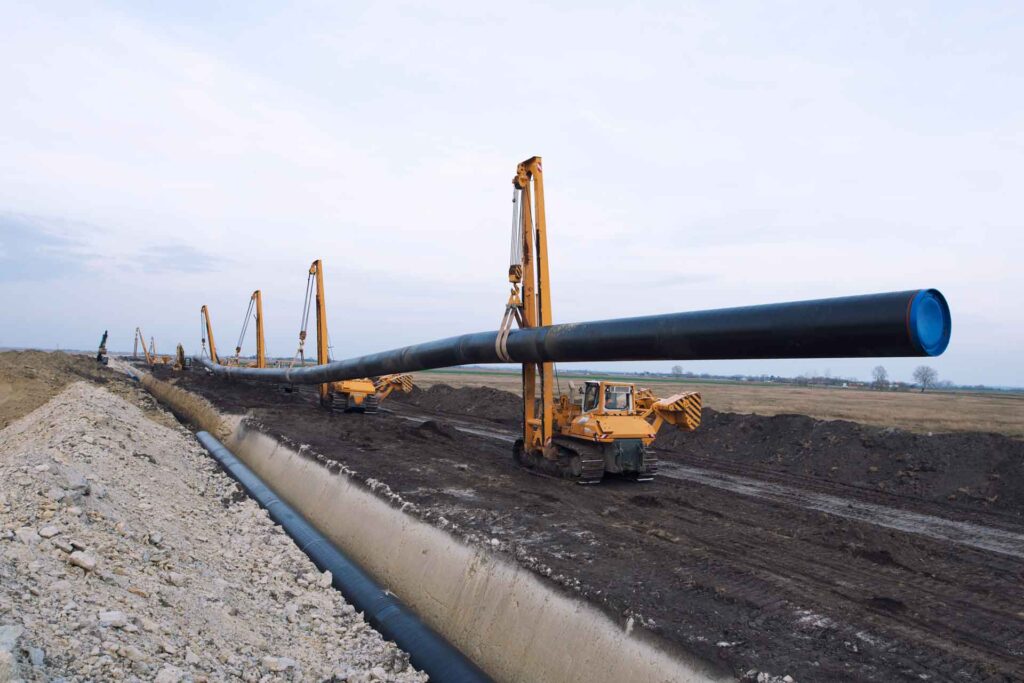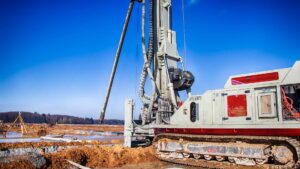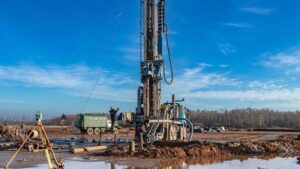The oil and gas industry is driven by developing and supplying advanced equipment for drilling and completion. Without it, the efficient, safe, and cost-effective extraction of resources simply would not be possible.
Anyone aiming to work in the O&G industry must understand the specialized tools and technology necessary for every step of the process, from drilling the well to completing it for production.
For that reason, we will look at the key equipment used in drills and completions in oil and gas, highlighting the importance and applications of each.
Drilling Bits
Naturally, to access the resources the industry depends on, the importance of the drilling bit in oil and gas cannot be overstated. These tools cut through rock formations to create the wellbore, the hole that allows extraction.
Drilling bits come in various types, including roller cones, PDC (polycrystalline diamond compact), and hybrid bits. Each of these is tailored to specific geological conditions.
Choosing the right drilling bit significantly impacts the speed and efficiency of the drilling process. Utilizing high-quality bits reduces wear, minimizes downtime, and improves the overall cost-effectiveness of drilling.
Drilling bits have continued to innovate over time, with advanced cutters and improved hydraulics, making them more durable and increasing the speed of penetration. Modern drilling bits use advanced materials like tungsten carbide and synthetic diamonds to enhance operations in extreme conditions.
Drill String Components
The drill string is a host of pipes and tools that transfer weight, rotation, and fluids to the bottom of a drilled well. This process relies on a series of components to connect surface equipment to the drilling bit.
Vital drill string components include drill pipes, collars, and subs. The proper maintenance and selection of these components is an essential part of preventing costly failures.
Recent advances in technology see the increasing use of sensors to monitor downhole conditions in real time. It provides data to help operators make more informed decisions and to reduce risks as they are drilling.
Looking for anti-fatigue designs in drill pipes helps operators ensure their durability. This helps them better withstand the high-stress environments associated with extended reach and horizontal wells.
Blowout Preventers
There are few things more vital in oil and gas than the safety of the well. Well leaks can be massively costly to any company and the spilled oil can be dangerous to workers, not to mention the surrounding environment. Blowout preventers mitigate the risk of these disasters.
Blowout preventers (or BOPs) keep the oil securely sealed, preventing damages and loss of profits. Different kinds of BOPs are designed to address different kinds of oil well problems, based on which leak causes are the most likely risk.
Annual and ram BOPs are the two most common types. Annular BOPs seal directly around the drill pipe, while ram BOPs use steel rams to entirely shut off the well.
Coiled Tubing
Coiled tubing is a long steel pipe that is wound on a spool, designed for quick deployment without breaking connections. A necessary component for both drilling and completion, coil tubing oil and gas uses include well intervention, cleanouts, and sidetrack drilling.
Coiled tubing can be used in interventions, such as cleaning out debris, pumping fluids into wells, and conducting simulation treatments. It can also be used after gas wells have been depleted to extract any remaining resources within them.
The continuous nature of coiled tubing lengths allows them to be used for uninterrupted pumping, giving them a consistent flow rate, while remaining strong and rigid. They can even be used in drilling laterals in existing wells, accessing new reserves to be extracted.
Electric Submersible Pumps
Electric submersible pumps (ESPs) play a vital role in oil and gas, particularly in the extraction of resources after a pathway has been drilled into them. Oil and gas companies use electric submersible pumps to boost production from wells where reservoir pressure is low.
These pumps are made of impellers that lift fluids to the surface, increasing their flow rates and allowing them to be extracted much more efficiently. As such, ESPs are often used for high-volume wells and are widely relied on in both onshore and offshore fields.
ESPs are also considered a more environmentally friendly means of extracting resources, as only the surface power control equipment and cables are visible. As such, they allow for less disruption of the local ecosystem.
Casing and Cementing Equipment
To ensure that extraction continues efficiently and safely, the well’s integrity must be established. The casing and cementing process ensures this. Casing pipes provide structural support to the wellbore. Cement fills the annual space to secure the casing in place, which also prevents fluid migration.
This has a range of benefits in the protection of wellbores and the isolation of drilling zones. It ensures that wellbores are less exposed to the effects of fluids, pressures, and problems with stability. It also prevents fluids from contaminating other zones.
Advanced cementing techniques, such as cement additives, also improve the long-term stability of wells. There are also more recent advancements like self-healing cements that better protect against cracks and leaks.
Well-executed casing and cementing operations are essential for preventing blowouts and maintaining the integrity of reservoirs.
Mud Pumps and Circulation Systems
Continuous fluid circulation is vital for the efficient and safe operation of wellbores. Mud pumps drive drilling fluid (or mud) throughout the wellbore. This helps maintain its stability while cooling the bit and carrying cuttings to the surface to remove them.
Mud pumps are vital for a host of reasons. Cooling the drill bit and lubricating it helps it maintain its highest operational efficiency for longer and prevents downtime due to equipment failure. Mud pumps also maintain pressure in the well, essential in preventing well collapse.
Circulation systems ensure that drilling fluid is directed through the drill string and backed up as efficiently as possible. They can also cleanse drill fluids, removing contaminants to be used continuously with less waste.
Wellhead Equipment
The wellhead is the surface station connected to the wellbore, which connects the drilling process to production operations. Wellhead components, like casing heads, tubing heads, and valves all manage pressure and control fluid flow from above.
Wellhead equipment, such as Christmas trees, control the flow of oil and gas during production. They maintain pressure control and casing support, preventing blowouts and leak prevention by supporting other components like BOPs.
Many modern wellheads also come with advanced sealing technologies and automation systems to improve safety and efficiency throughout drilling, completion, and production. Modular wellhead designs are available to simplify installation and maintenance, too.
Logging and Measurement Tools
These tools play an essential role in evaluating the properties of subsurface formations and fluid flow in and around wells. With the use of tools like dipmeter logs, gamma ray logs, density logs, and more, teams can gather the data they need to make better decisions to minimize risk and drill wells to desired specifications.
Effective drilling operations rely on detailed data on formation properties, like porosity, permeability, and fluid content. These logging tools provide that.
Hydraulic Fracturing Equipment
Also known as fracking equipment, these tools help unlock hydrocarbons in tight formations. This includes pumps, blenders, and proppant handling systems that penetrate reserves with high-pressure fluids to create fractures.
Modern fracking equipment uses real-time monitoring and precision targeting to maximize production while minimizing environmental impacts.
Packers and Completion Tools
Pakcers play a vital role in isolation sections of the well during competitions. These mechanical tools seal the annual space between the tubing and the casing, ensuring that zones are fully isolated and production is controlled.
Completion tools include equipment like sliding sleeves and inflow control devices, that improve production efficiency by managing fluid flow from different zones.
These completion tools prepare wells for production after drilling, increasing the amount of oil or gas that can be extracted from a well. They save time by speeding up the process of healthy preparation and ensuring that the reservoir is performing at its best.
Understand The Equipment Vital For Oil And Gas Drilling And Completion
Drilling and completion in the oil and gas industry depends on a wide range of equipment, all of which play a vital role. From the drilling bits used to access reserves to the advanced tools used in competitions in oil and gas, choosing the right technology is vital for efficient and safe operations.
The technology used in the various oil and gas production stages changes over time. Keeping up to date with the latest high-performance equipment and innovative solutions is crucial to success.
Better understanding and leveraging these tools allows companies to optimize their operations, minimize risks, and ensure the profitability of their wells.













